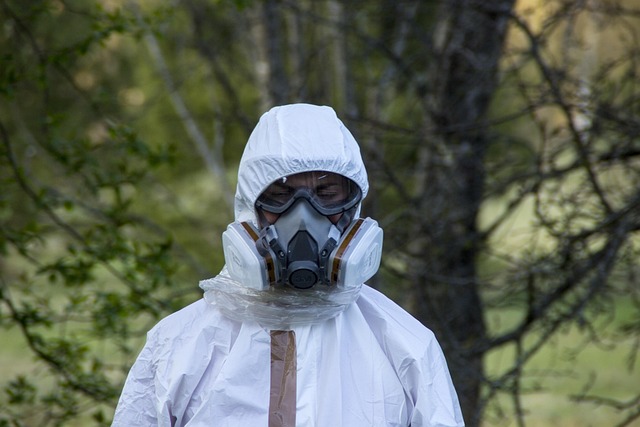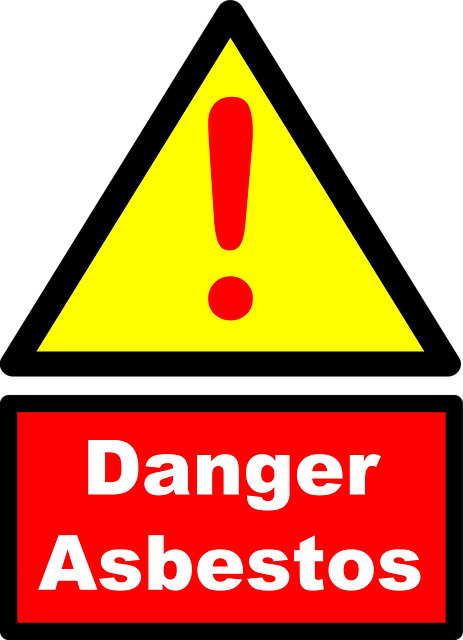Peoria's historical reliance on industries like steel milling and automotive production led to widespread asbestos exposure, posing severe health risks today through diseases like mesothelioma and asbestosis. To protect current and future residents, Peoria must implement a holistic strategy including strict regulations, regular monitoring, public awareness campaigns, safe asbestos removal from old structures, stringent safety protocols for construction projects, and worker training on proper handling techniques. Community engagement is key; educational initiatives, social media campaigns, and local news coverage empower residents to understand and prevent Peoria asbestos-related risks, collaborating with healthcare professionals and government agencies to foster open dialogue and create a healthier public.
Peoria, like many cities, carries a hidden legacy of asbestos exposure, dating back decades. Understanding this toxic material’s historical prevalence in local industries is crucial to addressing its lingering impact on community health. This article explores Peoria’s asbestos history and its consequences, advocates for stronger safety measures, and outlines strategies for effective community engagement to ensure a safer future free from asbestos hazards.
Let’s delve into the issues surrounding Peoria asbestos and empower residents with knowledge and action.
- Understanding Peoria's Asbestos History and Its Impact
- The Need for Comprehensive Safety Measures
- Strategies for Effective Advocacy and Community Engagement
Understanding Peoria's Asbestos History and Its Impact

Peoria, like many industrial cities throughout history, has a complex relationship with asbestos. Once celebrated as a versatile and durable material, asbestos was widely used in construction, insulation, and manufacturing processes for much of the 20th century. This hidden danger left its mark on communities across the nation, including Peoria. The city’s past reliance on industries such as steel milling, automotive production, and power generation—all known to have exposed workers and residents to asbestos—has contributed to a significant Peoria asbestos history.
The impact of this historical exposure is still felt today. Asbestos-related diseases, such as mesothelioma and lung cancer, often have long latency periods, meaning many individuals who worked with or near asbestos in Peoria during its peak use are only now experiencing the devastating consequences. Raising awareness about Peoria’s asbestos history and advocating for safety measures are essential steps towards protecting current and future residents from the harmful effects of this toxic material.
The Need for Comprehensive Safety Measures

In Peoria, the presence of asbestos in various historical buildings and industrial sites poses a significant risk to the health and safety of its residents. Asbestos-related diseases, such as mesothelioma and asbestosis, are severe and often incurable, emphasizing the need for comprehensive safety measures. The city’s efforts to mitigate these risks must be holistic, involving strict regulations, regular monitoring, and public awareness campaigns.
Peoria must prioritize the safe removal of asbestos from old structures and ensure that construction projects adhere to stringent safety protocols. This includes training workers on asbestos handling, providing protective gear, and employing efficient containment techniques to prevent asbestos fibers from spreading. By implementing these measures, Peoria can significantly reduce the chances of asbestos exposure and protect its citizens from preventable diseases.
Strategies for Effective Advocacy and Community Engagement

In advocating for Peoria asbestos safety, a multifaceted approach is crucial. Engaging the community involves raising awareness about the dangers of asbestos exposure through educational workshops and public forums. Utilizing social media platforms and local news outlets can help disseminate information effectively, ensuring that residents are empowered to take preventive measures. Collaborating with healthcare providers and local government agencies further strengthens this effort by facilitating access to resources and support for those affected.
Community engagement strategies should also focus on fostering open dialogue. Organizing town hall meetings and listening sessions allows stakeholders to voice concerns, share experiences, and collectively identify solutions. By integrating these perspectives into advocacy efforts, community members become active participants in shaping policies that prioritize Peoria asbestos safety, ultimately leading to a healthier and more informed society.
Peoria’s history with asbestos has left a lasting impact on its community, underscoring the urgent need for robust safety measures. By understanding the past and current risks, we can advocate for effective strategies that protect residents from this harmful substance. Through collaborative efforts and community engagement, we can ensure Peoria takes a proactive approach to asbestos safety, fostering a healthier and more secure environment for all. Let’s unite in our advocacy for Peoria Asbestos safety, learning from the past to build a safer future.
